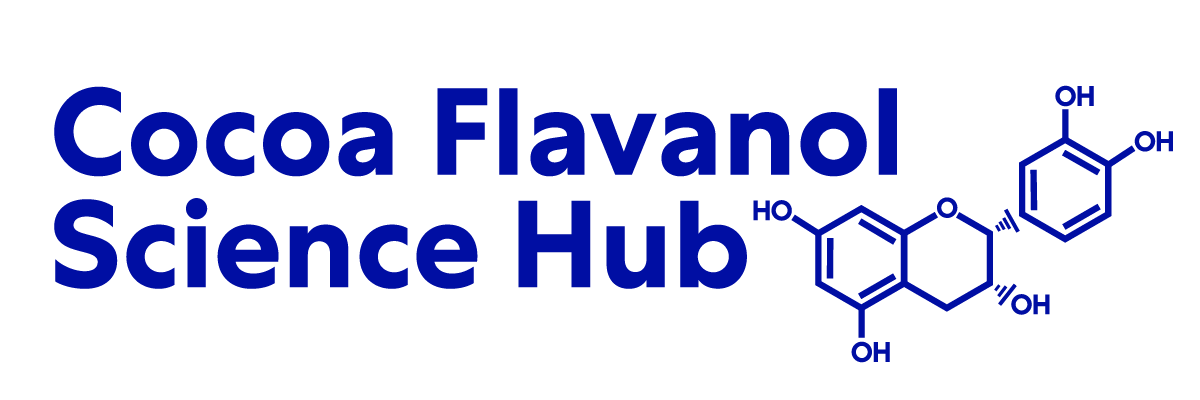Epicatechin, catechin, and dimeric procyanidins inhibit PMA-induced NF-kappaB activation at multiple steps in Jurkat T cells.
The capacity of the flavan-3-ols [(-)-epicatechin (EC) and (+)-catechin (CT)] and a B dimericprocyanidin (DP-B) to modulate phorbol 12-myristate 13-acetate (PMA)-induced NF-kappaB activationin Jurkat T cells was investigated. The classic PMA-triggered increase in cell oxidants was prevented when cells were preincubated for 24 h with EC, CT, or DP-B (1.7-17.2 microM). PMA induced the phosphorylation of IKKbeta and the subsequent degradation of IkappaBalpha. These events were inhibited in cells pretreated with the flavonoids. PMA induced a 4.6-fold increase in NF-kappaBnuclear binding activity in control cells. Pretreatment with EC, CT, or DP-B decreased PMA-inducedNF-kappaB binding activity and the transactivation of the NF-kappaB-driven gene IL-2. EC, CT, and DP-B inhibited, in vitro, NF-kappaB binding to its DNA consensus sequence, but they had no effect on the binding activity of CREB or OCT-1. Thus, EC, CT, or DP-B can influence the immune response by modulating NF-kappaB activation. This modulation can occur at early (regulation of oxidant levels, IKK activation) as well as late (binding of NF-kappaB to DNA) stages of the NF-kappaB activationcascade. A model is presented for possible interactions between DP-B and NF-kappaB proteins, which could lead to the inhibition of NF-kappaB binding to kappaB sites.
See the Full Study > (opens in a new tab)









